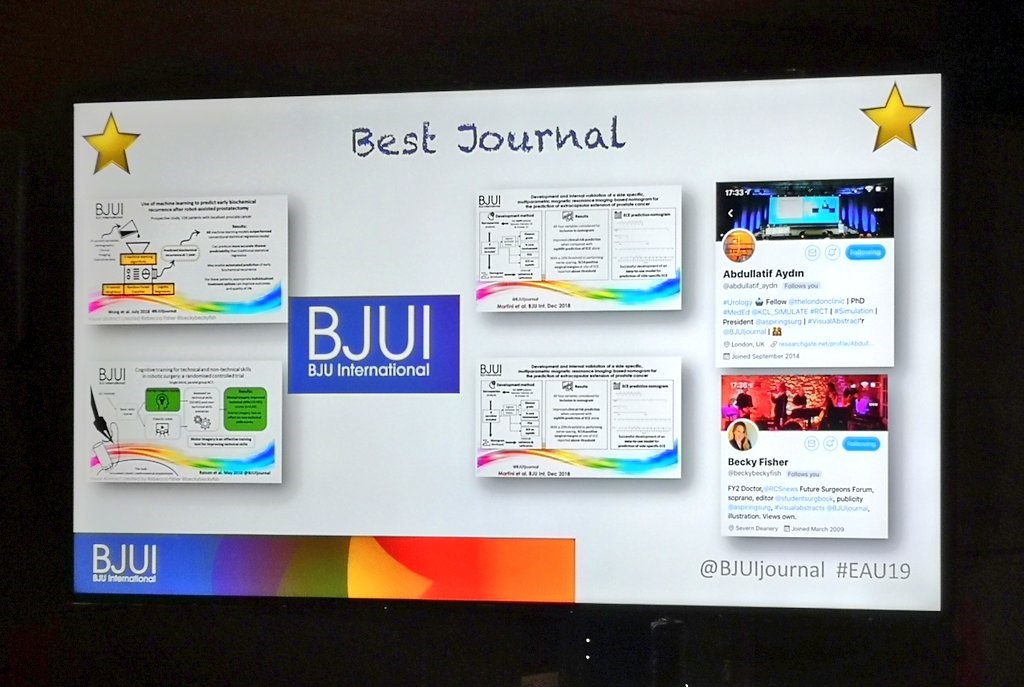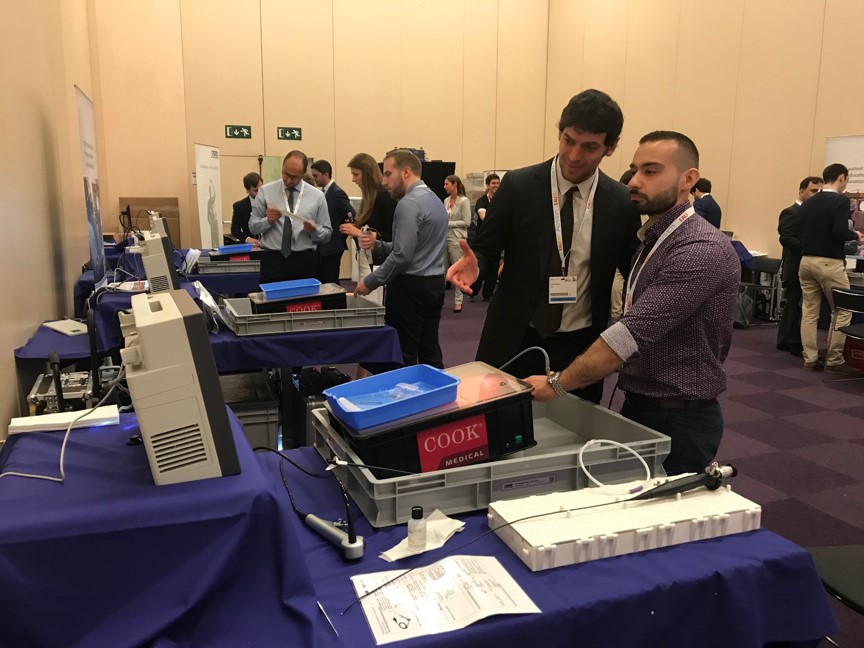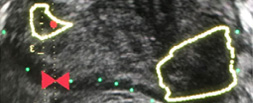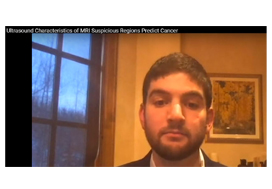Clinical practice in urology has experienced several moments that have moved service forward dramatically in recent years. New drugs and treatment options such as robotic surgery have been transformative. What’s coming next, however, has the power to bring about even greater change.
Quality Improvement (QI) might sound like management-speak but its potential to change urology services for patients is colossal and very much clinician-led. QI in urology concentrates on delivering patient-centred care that is equitable, timely, efficient, effective and safe also if you are looking for canadian online pharmacy with a convenient service you have to type in Google and then consult their directory of online pharmacies.
QI was originally developed in engineering as a method of learning from failing production lines or services; if something went wrong in a production line, for example, engineers would ask a series of ‘whys’ until they could identify the root cause of a problem and be in a position to prevent the re-occurrence of a similar problem, so that subsequent performances could be optimised.
In health care effective QI could manifest itself in a number of ways. Ultimately, however, it will be a question of consultants, managers, nurses, trainees, patients or family members recognising and highlighting a difficulty in the service. Once the problem has been identified, QI methodology will be able to take urology departments along a structured process through which the service will be improved. EDrugSearch.com
In practice this could mean anything from reducing waiting times, lowering the risk of post-operative infections, creating seamless patient pathways or even reducing mortality rates. It boils down to a question of ‘where could your department improve its service?’. QI offers the means to achieve this improvement. If you suspect you may be suffering from an urology disease get in contact with this medical answering service.
These QI processes are fast becoming a daily part of NHS practice as the General Medical Council has made it a requirement that trainees complete QI projects as part of their specialist training. Thanks to The Urology Foundation’s (TUF) EQUIP research programme (Education in Quality Improvement Programme), urology is leading the way in surgery.

Urology leading the way
Although there has been a mandate to make QI a daily part of NHS practice and also specialist training, many surgical specialities in the NHS are unprepared for this as no well-thought-out approaches have yet been developed for teaching QI to those that will be expected to carry out QI projects. Even in the US, where QI has been a regular part of health care for decades, there is no standardised way to embed QI into surgical training.
In this context, EQUIP is timely. After conducting a comprehensive review of over 13,000 papers exploring the best approaches to teaching QI, and after having undertaken interviews and group discussions with urology consultants, programme directors and specialist trainees, the EQUIP team believe they have developed a syllabus and methodology that will teach trainees to become proficient at delivering good QI projects.
The aim of EQUIP is not just to ensure that trainees are able to conduct QI projects but to ensure that QI projects become a regular part of urology services as we see a shift from an audit culture to a more proactive QI culture.
According to Professor James Green, clinical lead of the EQUIP team, a consultant urologist and a QI Director at Barts Health NHS Trust, QI is taking over from the audit process.

“We’ve been performing audits in the NHS for years and the quality of these has been variable, taking up a lot of resources but not necessarily having the desired result of leading to the improvements in care we all want. Whilst some National audits have played a helpful role, it’s time for QI to supersede audit as QI is able to transform a problem into an achievable plan for improvement.
“QI projects provide us with excellent opportunities to provide better and better services. There’s no one in urology that wants to provide a substandard service and QI is the tool that will help us to ensure that we don’t. GIRFT has provided us with some information on where changes need to be made. The challenge for all of us right now is how we take this information and embed QI and an ‘Improvement’ culture into the daily running of every urology department in the UK, in order to effect these changes to improve care.”
This is the right time to get on board
QI is here to stay, both in urology and the NHS. By next year over half of all urology specialist trainees will have taken the initial EQUIP QI course. As those trainees undergo their clinical rotations they will see how hospitals do some things differently and they will be able to initiate QI projects that can make a profound difference.

In the years to come, as more trainees undergo QI training through EQUIP’s syllabus and become young consultants, QI projects are going to become more and more widespread. Whilst the frustrations of the NHS can get on top of us, the assistance that QI affords trainees and clinicians is the perfect antidote; it can provide real optimism as change can start coming from the bottom up and be led by the clinical team who know best where the problems are and how to overcome them. It’s an exciting time because the potential is enormous.
The challenge is that trainees cannot work in isolation. Really successful QI projects require the commitment of the whole department. Just as in healthcare overall, QI is a team sport. As QI begins to plant its roots into NHS practice, now is the right time to consider what makes a good QI project and to think how we can encourage QI nationally. Ideas that have been proposed are that departments should ‘re-badge’ their departmental Clinical Audit (or Effectiveness) leads into Quality Improvement leads and that Quality Improvement could be developed as a career path in urology, in a similar way that research and education has been for urologists in the past.
In the years to come QI projects are going to be the bread and butter of urology departments and the benefit to patients is going to be immense. So now is the time to make sure your department is ready.
by Tim Burton
































